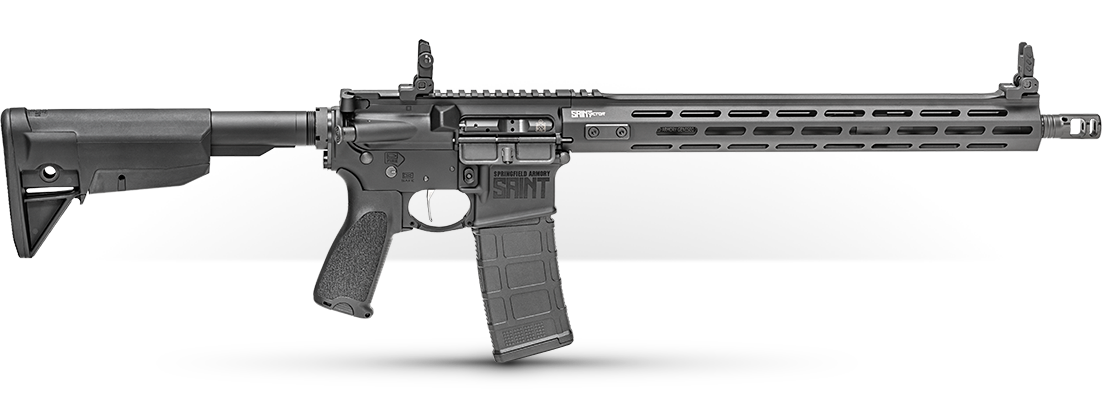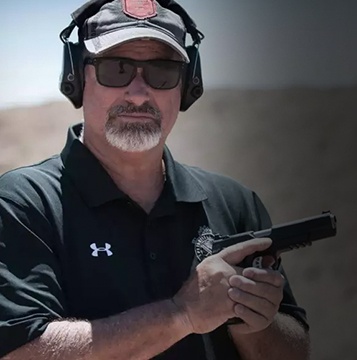6mm ARC: The Best Long-Range AR Round Ever?
November 5th, 2021
7 minute read
In my opinion, the 6mm ARC (Advanced Rifle Cartridge), is the king of long-range shooting. Now, that obviously needs some explaining.
Over the last two years, I have become enamored with long-range rifle shooting in general and Precision Rifle Series (PRS) competition in particular. Why? These matches test the ability of both you and your equipment to hit small targets way out there. It’s frustrating, challenging and fun.
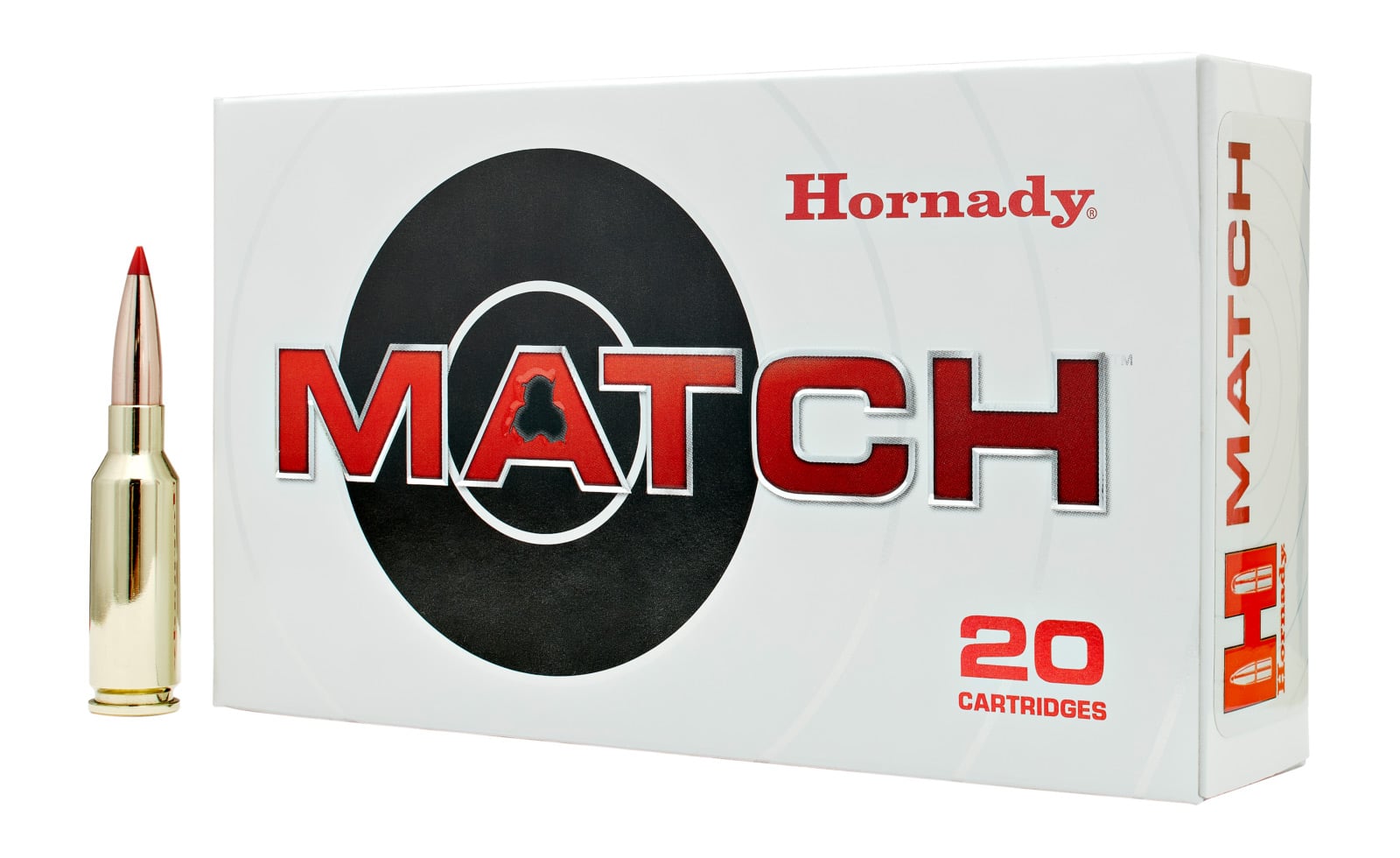
The majority of shots at my local events are between 400 to 700 yards — with a few out to 1,000 thrown in for good measure. But distance is only one factor in the challenge of making impacts. Most of the shots are fired while trying to get steady off improvised props. There is some prone shooting, but the vast majority is off logs and barrels and fences and sometimes worse.
Targets are placed randomly all over the desert and surrounding hills. The sizes of the targets vary, and distances are not evenly graduated. So, think more like 562 yards rather than 550 or 575.
These matches are designed for and ruled by the magazine-fed, bolt-action rifle. But there is a division specifically for the semi-auto platform called Gas Gun. This has been my passion of late. (Learn more about Rob’s gun builds for PRS.)
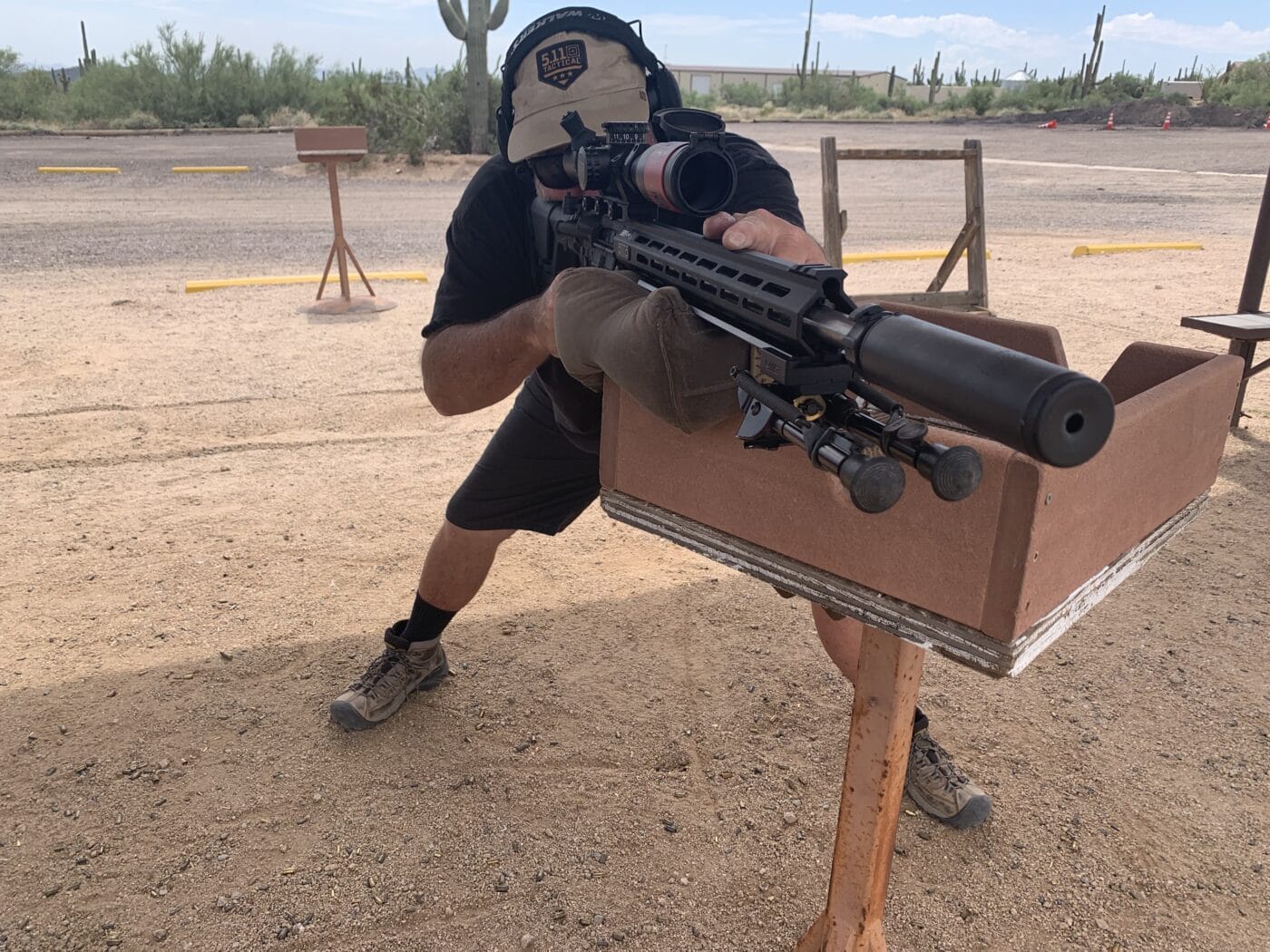
But Why Not … ?
Before you hit me with, “My .223 can hit all those targets!”, let me explain. It probably can. Maybe. But the point isn’t just being able to hit the targets — .223 just doesn’t have enough impact against the target. Remember, if the spotter can’t confirm the hit, you don’t get it.
Even with the best .223/5.56 ammo that will fit in the AR-15 magazine (most commonly 77-grainers at about 2,750 fps), it won’t have enough juice when it gets there. Bullet weight is important — even more than velocity — and you will always have to consider drop and wind drift compared to other options.
So, what do you do? Remember those options I just mentioned?
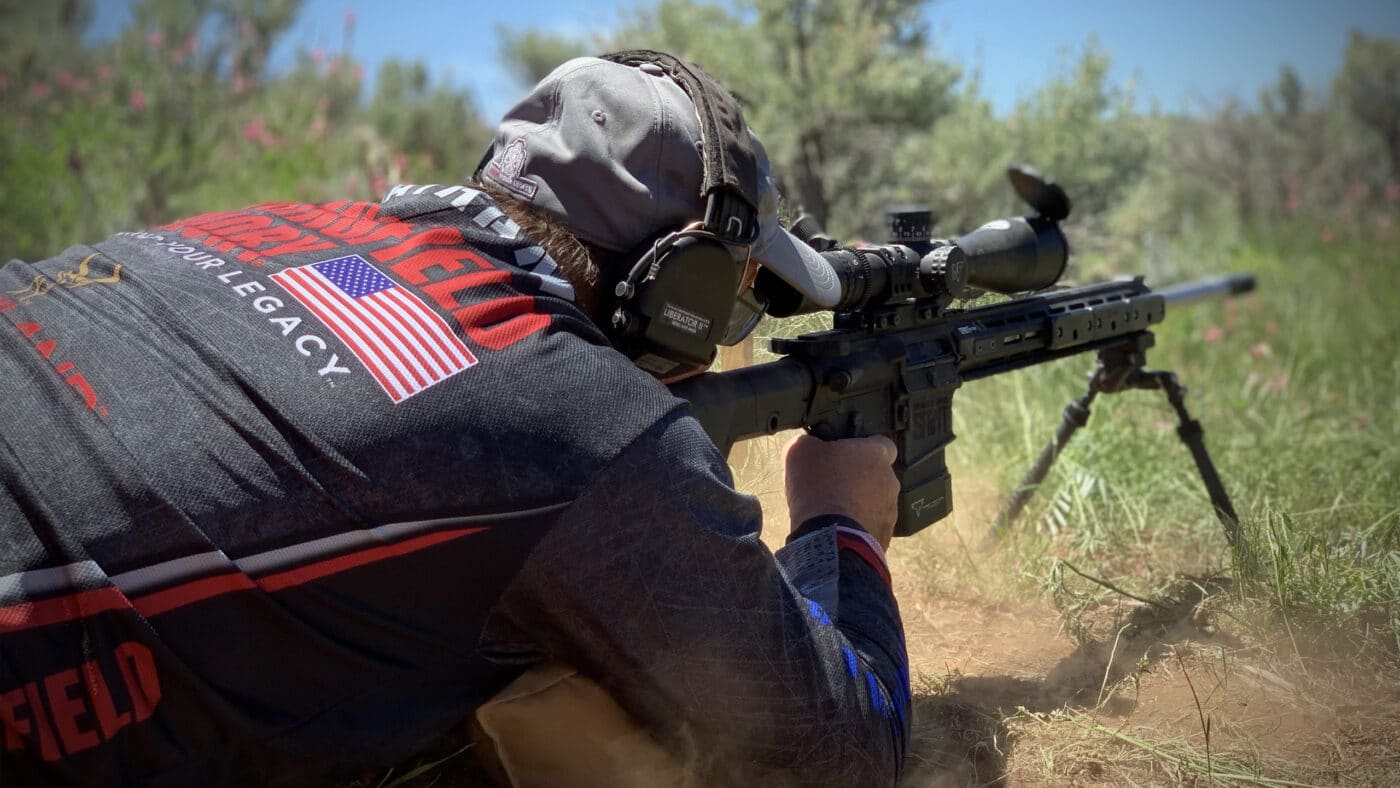
6.5 Grendel can launch 130-gr. bullets of high ballistic co-efficient (BC), but it is very slow — but still better than .223. The .224 Valkyrie is a vast improvement, sending very high BC bullets at reasonable velocity. It’s one of my favorites and has stretched the AR-15’s effectiveness to distances much farther than the .223 can. Still, more would be nice. It always is …
In the PRS world right now, the rage is a 6mm 105- to 110-gr., very-low-drag (VLD) bullet with very high ballistic coefficients. Those bullets reduce both bullet drop and wind drift at longer ranges. And you wouldn’t think this, but they are not after the highest possible speed — not at the cost of recoil and gun movement, as this aids the shooter spotting hits and misses. The rules allow up to 3,200 fps maximum speed, but many of the top shooters think around 2,850 fps is optimal. This gives you great ballistics with the lightest possible recoil.
It is crucial for the shooter to be able to see real-time hits and misses so they can correct on subsequent shots. So, recoil matters.
Another Option
Being a gear geek, I have explored and experimented with just about every long-range cartridge variation in the AR (both 5.56 and 7.62) platform. I always had to go to a 7.62 AR to get the needed ballistics. But not anymore.
Enter the Hornady 6mm ARC. The 6mm ARC is optimized to deliver a heavy, high BC, very low drag (VLD) bullet at the highest velocity possible, while still being small enough to fit into the small frame AR-15 magazine dimensions.
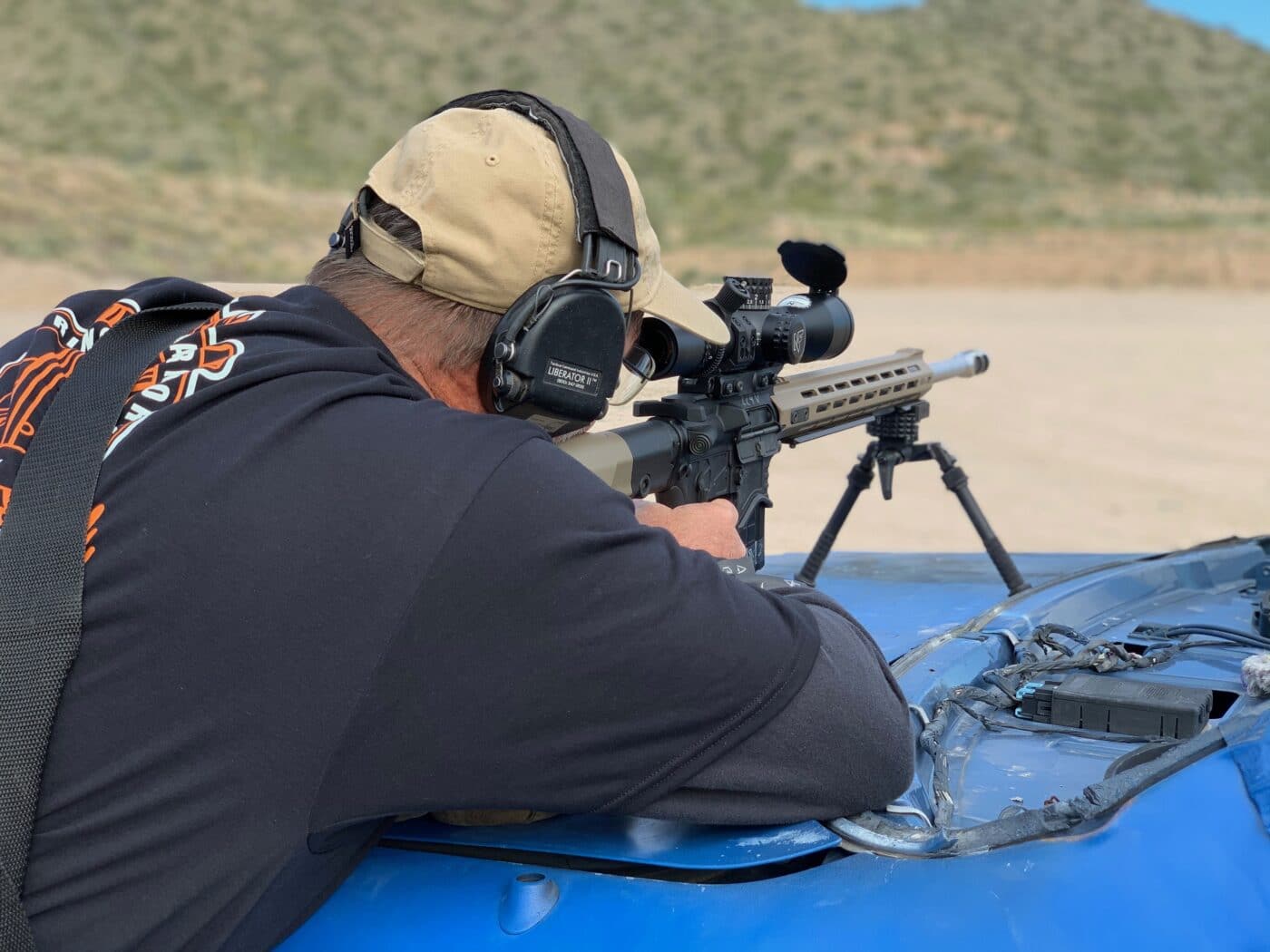
The 6mm ARC pushes small frame AR-15 long-range capability to new heights with factory available ammo. You get a 103- to 108-gr. bullet going 2,750 fps out of a 22” barreled AR-15. This is no small feat. It may not be the magic 2,850, but it is close and it doesn’t require the larger frame of a 7.62 AR.
The 6ARC has legit long-range capability.
I’ll tell you now that I am an ARC convert. I get 90% of my large-frame AR 6mm Creedmoor’s speed in the smaller, lighter and more compact 5.56 AR platform. Using dramatically less powder, it is believed that the barrel on an 6mm ARC will far outlast a 6mm Creedmoor’s. It kicks less and has very similar performance regarding wind drift, which after accuracy and consistency is the biggest issue for long-range shooting.
All of this makes the 6mm ARC the best AR magazine-fed round for long-range use in my opinion.
My Setup
Let me give you my basic recipe for my 6mm ARC rifle.
I start with a Springfield Armory SAINT Victor. This gets me most of what I need right out of the box. Our SAINT Victor AR .223/5.56 line of rifles come with 16” barrels that function well and are very accurate. When the basic gun you start with works, everything else is a snap.
Essentially, the 5.56 AR needs just three things to become a 6mm ARC: a barrel, bolt and magazine. I change the gas system port location on the 6mm ARC barrel from the mid position of the SAINT 5.56, so I also need a gas tube.
You can build your 6mm ARC into the existing SAINT 5.56 upper assembly or start a whole new upper and keep your awesome .223 assembly intact. That’s what good receivers, handguards and bolt carrier groups do for you. Interchangeability is very nice. This will give you a multi role platform. I have done it both ways with great results.
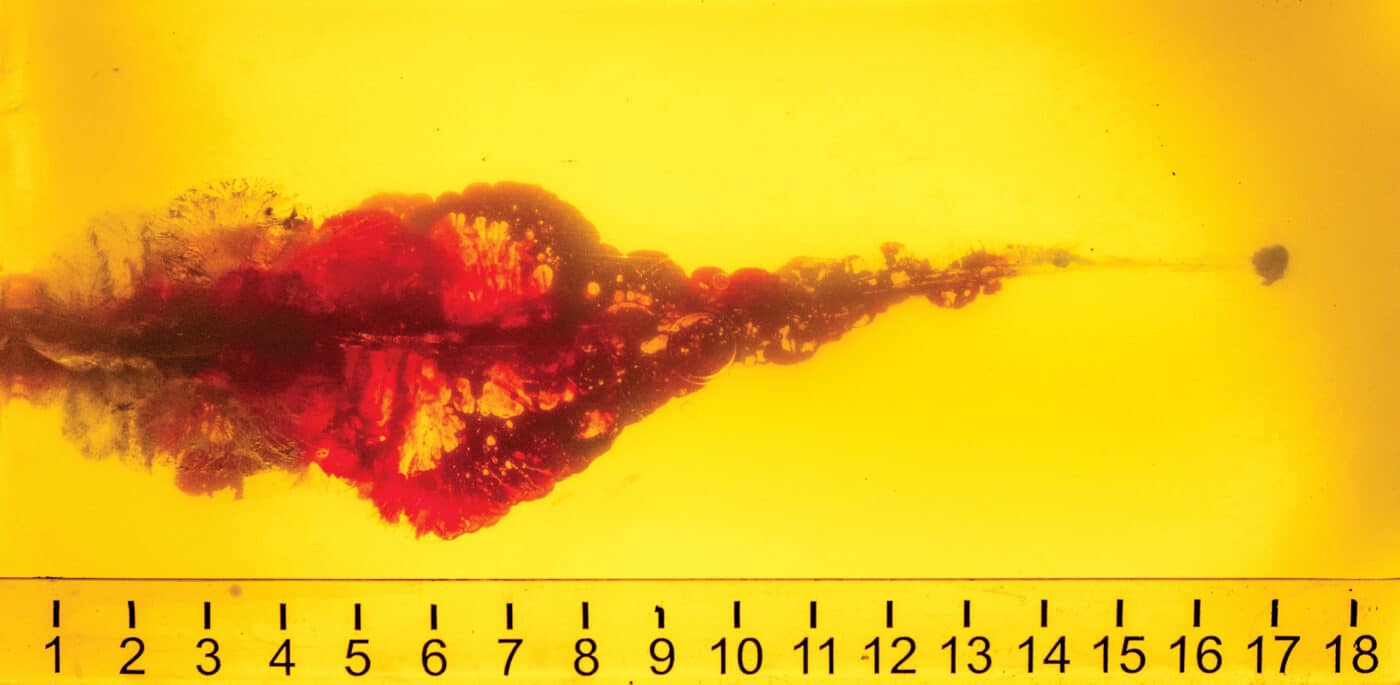
Story Time with Uncle Rob
Let me tell you about “The Three BeARs”.
Baby BeAR has an 18” Proof Research steel barrel with a rifle length plus 1” .750 gas system and muzzle diameter of .735. It has a 1 in 7.5 twist and prefers to eat Hornady 108-gr. ELDM Match ammo. This is my lightest and shortest 6mm ARC and currently has an old but very functional Surefire suppressor on it. It was my first ARC and has the most “experience.” The lower is fitted with a TriggerTech Diamond trigger.
Mama BeAR is a 22” barrel made from a re-purposed 25-year-old Krieger .236 bore steel barrel (off an old .243 bolt gun I had). It was turned down from its bull-barreled profile by my friends at MOS-Tek and has a rifle length plus 1”.875 gas system with .855 muzzle diameter. It is a 1 in 7 twist and currently sports a barrel tuner from Kinetic Security Solutions and an Area 419 Hellfire muzzle brake. This one prefers the Hornady 103-gr. ELDX hunting load and has an ATC ARGOLD flat trigger installed.
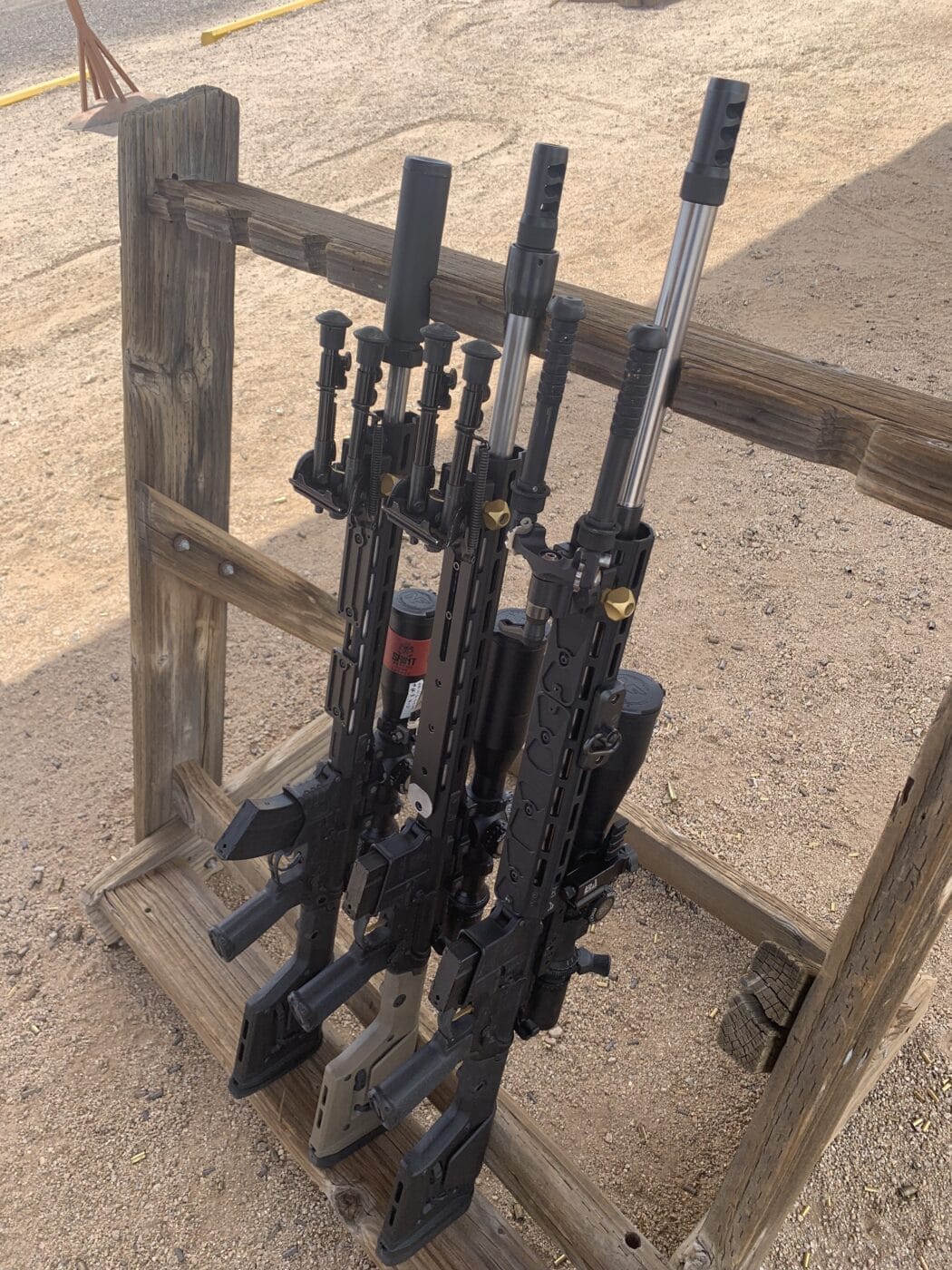
Papa BeAR is the beast (LOL) of the family. He’s a huge 24.5” Proof Research steel barrel turned at MOS-Tek with a rifle length plus 2” .936 gas system and muzzle diameter of .915. Papa BeAR’s barrel is about as big and long as is prudent for an AR-15. It’s very possibly too big. This one is built on an Aero Precision enhanced upper and hand guard with an Area 419 Hellfire muzzle brake. Since AR 15s have great standardization, many parts should be interchangeable. I’ve found that a good upper fits perfectly on Springfield’s SAINT lowers.
Making Papa even more outrageous, he has steel weights on the forend which get its total up to nearly 19 pounds with bipod. It does not kick much but it is, dare I say it, a “bear” to move from position to position. Papa shoots all 3 loads OK but is best with the 108 ELDM Match. He’s not everyone’s cup of tea, but a great shooter and very interesting experiment. This lower also sports an American Trigger Corporation AR Gold flat trigger.
All three of my BeARs have many things in common. The most important part regarding accuracy is the barrel. Magazines, port position, port size and bolt carrier group (BCG) are the most important parts regarding reliability.
Since the 6mm ARC uses a larger than .223/5.56 rim diameter, it needs a new, larger-faced bolt. I have switched to the appropriate JP 6mm ARC bolts installed into the factory bolt carriers. Again, it is nice to have quality parts to begin with.
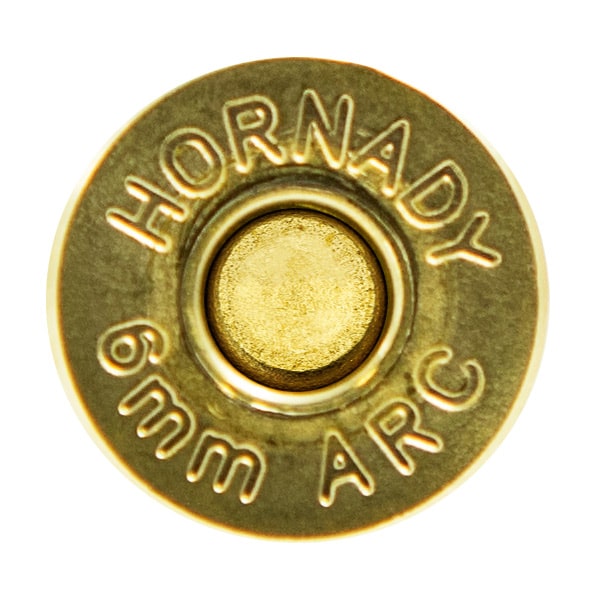
All currently have Magpul PRS Gen3 stocks on them with the standard Springfield SAINT carbine length buffer tubes. This is a personal preference for a PRS-type gun and is not required.
They all use the standard SAINT springs and buffers, lowers, grips and pins and things.
All of my AR’s for long-range work have ARCA rails installed on the nice long SAINT Victor handguards. This is easy to do with the M-Lok slots that come standard on the Victor free-float handguards. This allows easy mounting and positioning of bipods and mounting the gun to tripods.
Since you can’t hit what you can’t see, I have chosen to go with premium optics — all from Nightforce. I swap them around amongst my 5.56 AR and 7.62 AR SAINT rifles all the time. Currently, Baby BeAR has an ATACR 4-16×42, Mama an ATACR 4-16×50 and Papa an ATACR 7-35×56. These are all easy to sight in and zero the knobs.
Conclusion
As my preference for the AR and modern sporting rifle (MSR) pattern rifle grows, I have learned a surprising thing: Properly set up and in the right caliber with its preferred ammo, my Gas Gun can hit everything my bolt gun can.
As I stated earlier, 6mm ARC is the king of long-range AR guns.
Editor’s Note: Please be sure to check out The Armory Life Forum, where you can comment about our daily articles, as well as just talk guns and gear. Click the “Go To Forum Thread” link below to jump in and discuss this article and much more!
Join the Discussion
Featured in this article
Continue Reading
Did you enjoy this article?

 79
79





